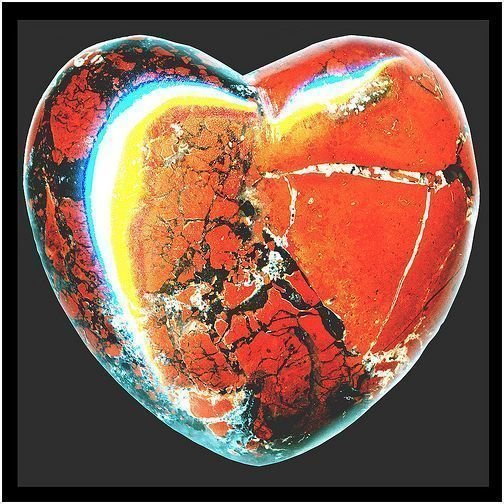Understanding the Common Symptoms of Heart Disease
Heart Disease
Heart disease technically includes a range of problems with the heart, the blood vessels, or both. Congenital heart defects, arrhythmia, and infections all fall within this category. Coronary artery disease is often referred to as heart disease and it may be the precursor to a heart attack. In fact, you may not even be diagnosed with heart disease until you have a heart attack, heart failure, a stroke, or at least chest pains.
Taking a look at the common symptoms of heart disease, most specifically of coronary artery disease, you can have a clearer idea of what is going on in your body and when to be concerned that the condition has worsened.
Coronary Artery Disease Symptoms
With coronary artery disease (also simply called heart disease or cardiovascular disease) the blood vessels are narrow and stiff. This is simply because of an accumulation of plaque along artery walls — a condition known as arteriosclerosis. This narrowing can also become a blockage as more plaque builds and blood clots form. When blood flow is cut off from an area of the heart muscle, a heart attack can occur. When it is cut off from the brain, a stroke can occur. This restricted and sometimes obstructed blood flow also has a negative impact on other organs as a constant flow of oxygenated and nutrient-rich blood through the entire body is essential for well-being.
The physical symptoms of this disease are caused by the restricted blood flow. For example, the most common symptom is angina, or chest pain. It is directly caused by reduced blood flow to a part of the heart muscle. Angina is described as a heaviness, pressure, or even squeezing feeling in the chest. It can also be felt in the shoulders, arms, neck, jaw, or back. Some people mistake this symptom for indigestion.
Shortness of breath is another common symptom. With less oxygenated blood flowing to the lungs and throughout the body people with heart disease may not enjoy the simple pleasure of taking in a full breath and feeling satisfied by the rush of oxygen that makes it’s way though the circulatory system. This can also make physical activity, even simple things such as walking up the stairs, more difficult. Lack of oxygenated blood flow can also cause feelings of weakness or fatigue.
When blood vessels are narrowed in a particular area of the body, such as your arms or legs, another common symptom is a feeling of pain, numbness, coldness, or weakness to these areas. Irregular heart beats, or palpitations are also possible because of the restricted blood flow.
Symptoms of a Heart Attack
It is important to be able to decipher between the common symptoms of heart disease, and those of a heart attack. Pain in the chest area is likely with both, although the discomfort during a heart attack may be more intense and it can radiate to the arms, back, jaw, and throat. Sweating, nausea, vomiting, and dizziness are possible. Shortness of breath is a symptom of both. So are irregular heart beats. Feelings of extreme weakness and anxiety are characteristic of a heart attack.
Be aware of the symptoms that you normally experience from coronary artery disease, and if they change or intensify contact emergency medical care right away. Symptoms of a heart attack will generally last for at least thirty minutes and do not subside with rest or oral medication. If there is any possibility that a heart attack is occurring, always contact emergency medical care immediately.
If you think you may have heart disease, make an appointment with your doctor. They can talk to you about a healthy diet, possible lifestyle changes, any necessary medications, and about the symptoms you are experiencing.
References
Web MD https://www.webmd.com/heart-disease/guide/heart-disease-symptoms
National Heart Lung and Blood Institute https://www.nhlbi.nih.gov/health/dci/Diseases/Angina/Angina\_Causes.html
Mayo Clinic https://www.mayoclinic.com/health/heart-disease/DS01120/DSECTION=symptoms
photo by JWDban (CC/flickr)
